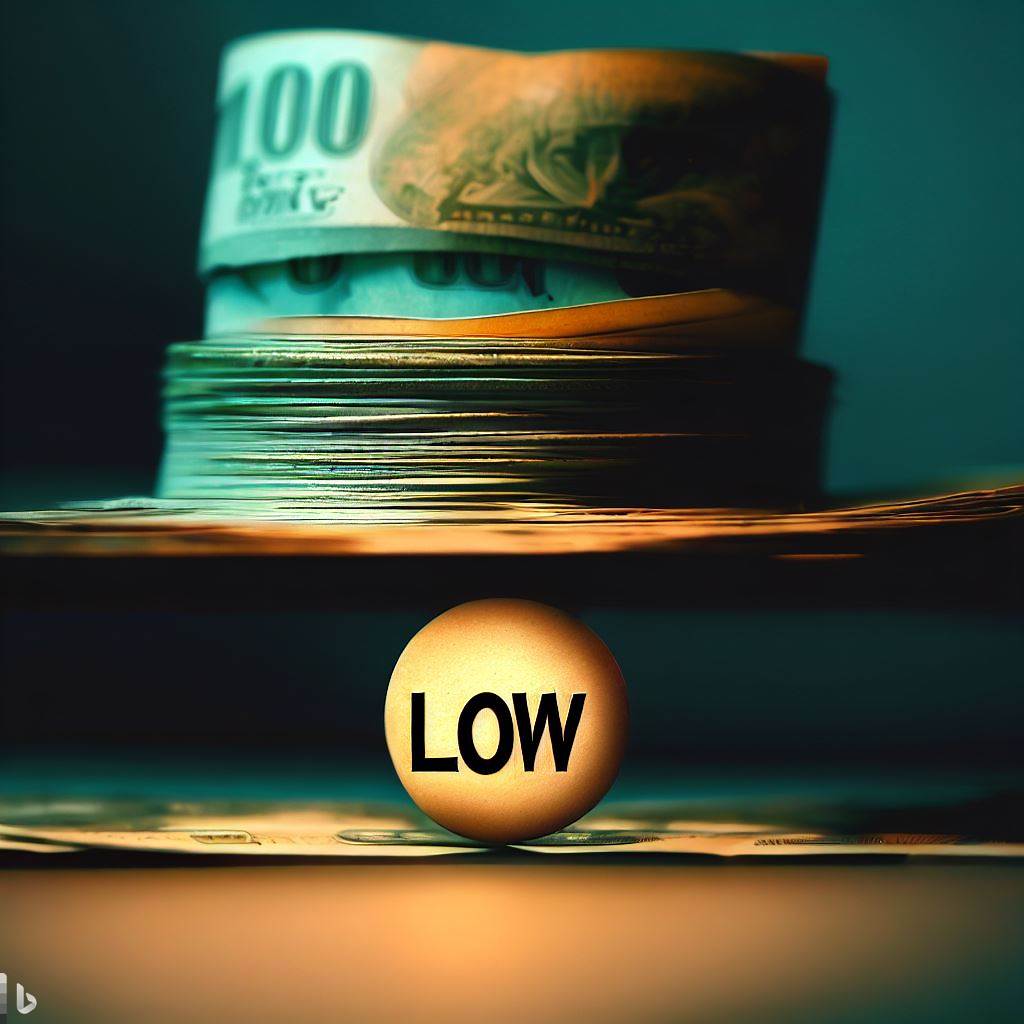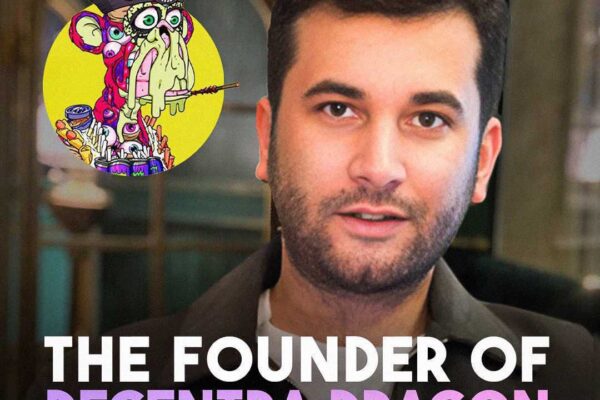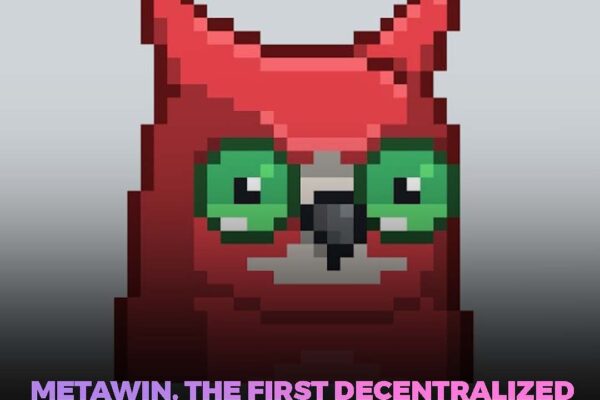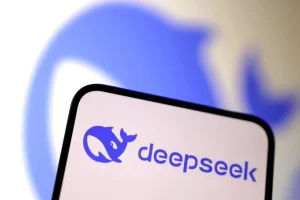A decline in earnings for artists
NFT royalty payments have reached a record low in recent months, signaling a decline in earnings for artists within the space. The rise of royalty-optional platforms such as Blur and OpenSea has been attributed to this downward trend, causing tension between creators and platforms.
A broader downturn for NFTs
According to a report released on Wednesday by data analytics platform Nansen, June witnessed the lowest NFT royalty payments in the past two years. In contrast, the peak week in April 2022 saw creators earn a staggering 28,000 ETH, equivalent to nearly $76 million. However, in June, creators collectively earned a meager 2,000 ETH, approximately $3.8 million.
The significant decline can be attributed to a broader downturn for NFTs. The overall market capitalization for NFTs has fallen by over 70% since its peak in November 2021. This decline has been driven by a number of factors, including the economic downturn, the ongoing war in Ukraine, and the collapse of the Terra ecosystem.
Favoring traders over artists
However, the fact remains that artists have been generating less income due to the growing popularity of the royalty-optional marketplace Blur and the policies implemented by OpenSea.
Blur launched its zero-fee marketplace in October of 2022, challenging the leading platform OpenSea on its inaugural day. This move was seen by many as a way to attract users and drive trading volume. However, it also had the effect of diluting royalty payments for creators.
OpenSea requires collections to have an on-chain enforcement method in their smart contracts to ensure creator earnings. If collections do not have an on-chain enforcement method, the royalty fee defaults to a minimum of 0.5%. In contrast, Blur strictly enforces a minimum royalty fee of 0.5%.
This means that creators who list their NFTs on Blur are guaranteed to earn at least 0.5% of the sale price, regardless of whether or not the buyer chooses to pay royalties. However, creators who list their NFTs on OpenSea are only guaranteed to earn 0.5% of the sale price if the buyer chooses to pay royalties.
0.5% is still better than no royalties at all
Despite the lower royalty payments on Blur, some creators have argued that it is still better than no royalties at all. They point out that the vast majority of NFT buyers do not pay royalties, even on platforms like OpenSea.

Blue chip collections still racking in millions
Despite the drop in royalty payments, Nansen’s report highlights that certain prominent collections have earned millions in royalty payments since their inception.
Yuga Labs, the notable NFT behemoth, has accumulated nearly $166 million in collective royalties across its collections, which include Bored Ape Yacht Club, Mutant Ape Yacht Club, and Otherdeed for Otherside. Chiru Labs, another NFT collective, has grossed over $58 million in royalties from its flagship Azuki collection and derivative projects BEANZ and Elementals.
The decline in royalty payments is a worrying trend for NFT creators. It is clear that the current NFT marketplace is not working for them. Creators need to be guaranteed a fair share of the profits when their NFTs are sold. Otherwise, they will continue to lose out as the NFT market grows.
Want more? Connect with NFT News
Follow us on Twitter
Like us on Facebook
Follow us on Instagram
*All investment/financial opinions expressed by NFT News are from the personal research and experience of our site moderators and are intended as educational material only. Individuals are required to fully research any product prior to making any kind of investment.

This information is published by the NFT News media team.











